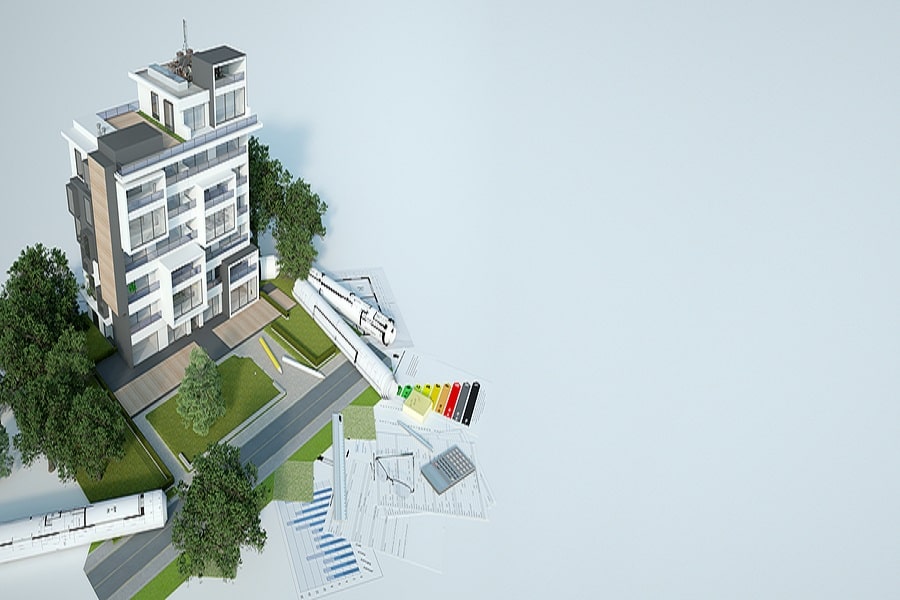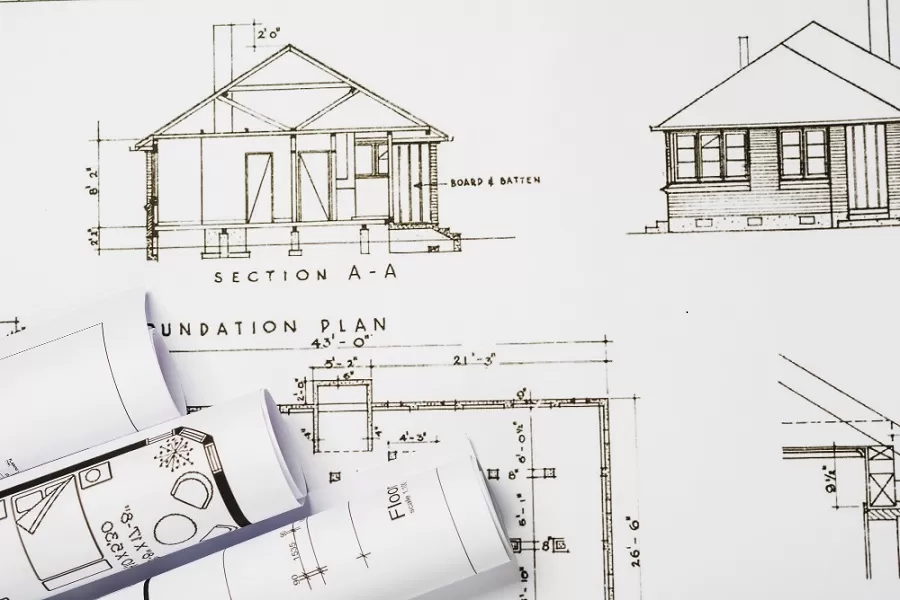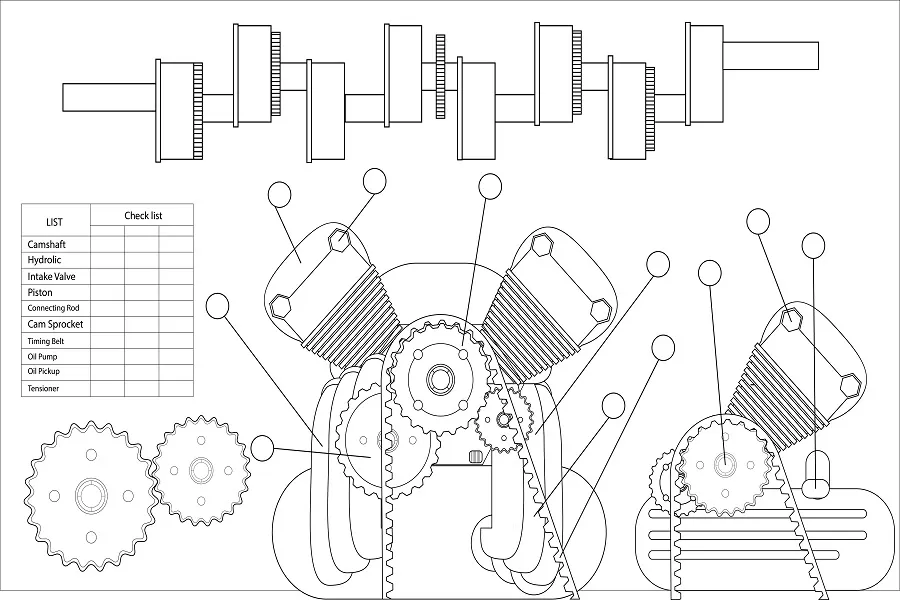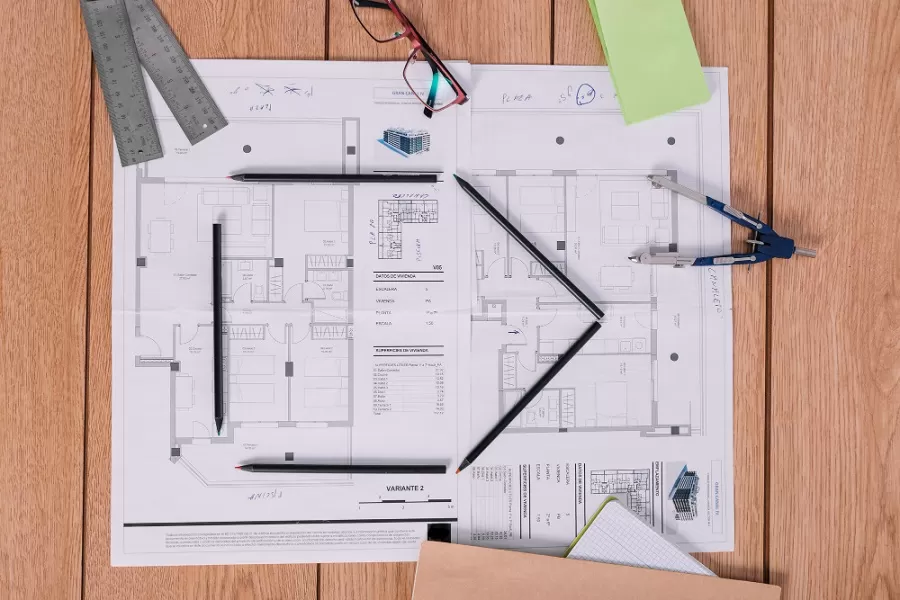Buildings, as we know, are huge energy guzzlers. They rely on an uninterrupted supply of resources to meet the ever-increasing demands of their occupants.
But did you know our buildings consume nearly 55% of the total energy produced globally – more than transport or industry? Not just that, the construction industry is also responsible for about 38% of the total global greenhouse gas emissions.
Due to extreme energy consumption and a large carbon footprint, our Buildings have come at the center stage of environmental pollution. In fact, our structures have become a critical piece in our quest toward a low-carbon future. Today, Governments across the world are laying stricter rules and regulations for sustainable building constructions. Even the architects, engineers, and builders have started utilizing the Power of Digital to make their building stocks cleaner, leaner, and smarter.
IoT and connected technologies have made it possible for real estate developers to evaluate how their constructions and yet-to-be build structures will perform in real-time. By providing real-time data about different aspects of building construction, these digital technologies empower developers to make strategic decisions. They can not only make immediate improvements in their designs, but can also keep their constructions in line with the global sustainability standards.
But that’s not all. Apart from helping developers meet the LEED Certification requirements, digitally-empowered buildings offer various other advantages too. These include:
- Better resource utilization
- Minimum energy consumption
- Improved health
- Enhanced efficiency
- Maximum workplace productivity
- Superior comfort and occupancy
That’s why, real estate developers around the world are deploying smart, connected solutions to improve their design and construction processes.
Building Energy Modeling: One Technology That Optimizes the Entire Construction Workflow
With the increase in demand for Green Building Construction, digital technologies like Building Energy Modeling (BEM) are gaining global adoption. A large number of real estate developers and owners have started using BEM software to streamline their designs, improve their constructions, and create sustainable building solutions.
Building Energy Modeling uses computer-based simulation software to create an exact, virtual replica of the building design. It then uses a mathematical model to analyze the structure and create solutions that are not just sustainable, but cost effective too.
BEM offers the easiest way to analyze and evaluate building designs. It gives developers detailed, real-time information on different components of the building and how they’ll interact with each other. This includes:
- Core building design
- Existing space load
- Daylight
- Light pollution
- Shading
- Overall building energy utilization as per LEED Certification standards
This not only allows developers to accurate their designs, but also saves them from utilizing over-designed systems and processes that lead to wasted resources, energy, and costs.
BEM Can Help You Tick Multiple Boxes at the Same Time
BEM is a revolutionary decision-making tool. Using the latest software like eQuest, Comcheck, TREAT, and TRANCE, BEM allows builders to make energy-efficient design decisions.
It ensures:
- Integrated Design Assistance: BEM ensures integrated design processes and enables E&C to meet their project performance goals.
- EEM Evaluation: It helps in the holistic evaluation of the impact of individual energy efficiency measures (EEMs) that will affect the building design.
- Operational Calibration: It gives builders a calibrated model that helps them remediate ongoing and upcoming operational issues and maximize their saving opportunities.
- Maximum Resource Utilization: BEM helps developers and residents optimize the incidental daylight and ventilation design of the building.
- Performance Rating Evaluation: It analyzes the designs of HVAC and components and systems to keep them as per the ASHRAE Building Energy Quotient.
- Retro-Commissioning: It enables developers to test all the installed systems during building commissioning.
- Integrated Project Delivery: BEM aids owners in the development of calibrated energy models for in-operation buildings. It helps them ensure that they are meeting their performance targets as per the contract agreements.
- Building Asset Rating: It enables developers to keep their designs and constructions as per LEED Certification requirements and Energy Policy Act (EPA)
With all this and more, BEM is at the forefront of technology evolution. It offers you the easiest way to drive down your energy costs while maximizing your building output and savings. So utilize the unmatched prowess of LEED energy modeling services and take your building designs to the next level.
Ready to Get Started?
At Enginerio, we can take your project toward a successful ‘Green’ conclusion. By using Building Energy Modeling Solutions early in the design process (when the building design is still flexible), we can help you gain a clear understanding of energy use in your building for impactful decision making.
Our strategic approach, powerful software and solutions and professional knowledge and experience deliver the ‘Best Value’ to your Project.
Talk to our experts and make your buildings healthy and environment friendly.





